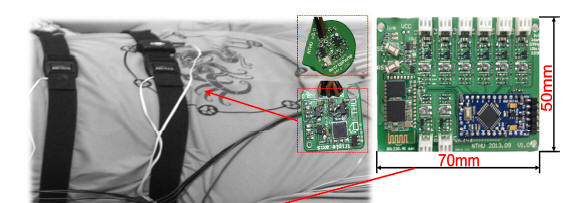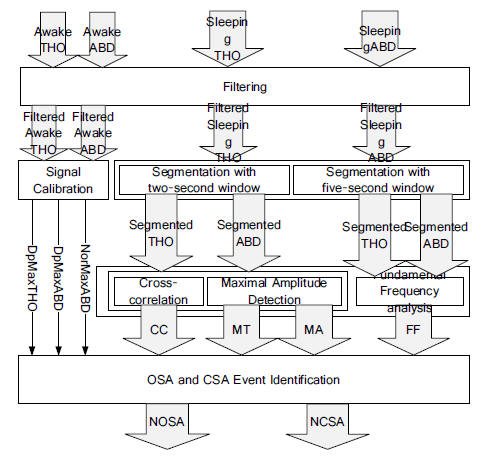Communication DSP Algorithms, Architectures and Integrated Circuits
MIMO Preprocessing and Signal Processors
Spatial multiplexing multiple-input and multiple-output is an important technique for improving the transmission capacity of a communication system. The receiver must mitigate the interference between antennas and detect the transmitted symbols by processing MIMO channel matrix and detecting the constellation symbols. Our research designs hardware-oriented MIMO preprocessing and signal processing algorithms and architecture and implements byw FPGA or ASIC chips.
Research topics: Quantized Precoding for massive MIMO,
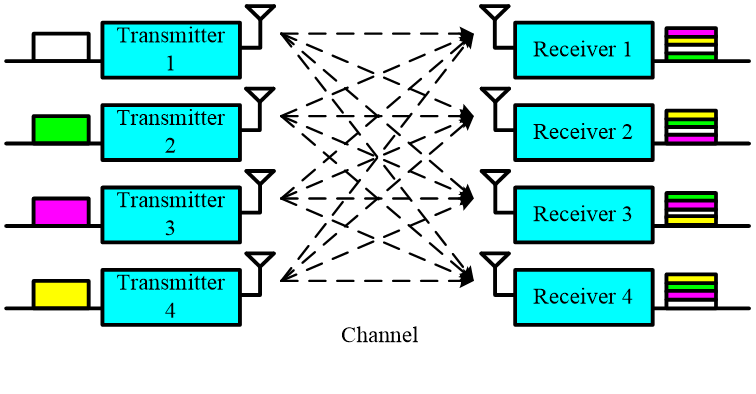
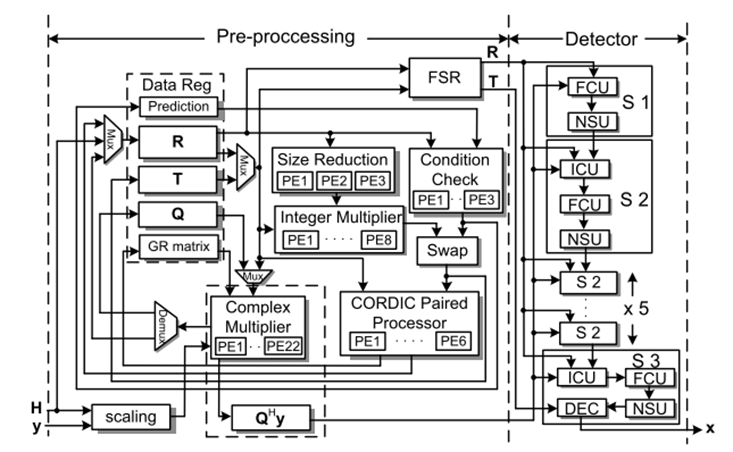
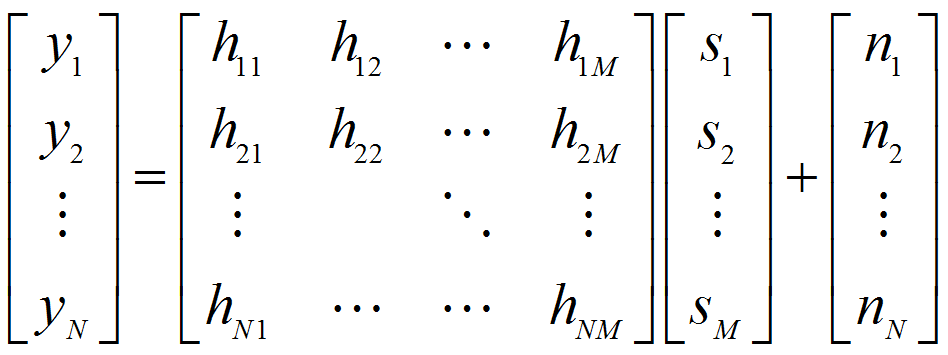
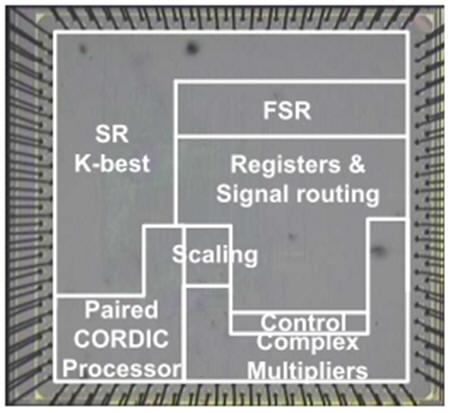
MIMO Beamforming for mmWave Systems:
Millimeter wave (mmWave) system is an emerging transmission technique to improve the reliability and transmitted quality for the future 5G communication systems. MIMO beamforming technique can use the RF phase controller to achieve high-resolution spatial transmission channel to overcome the problems of path-loss and high-correlation of the mmWave channel. Our research focuses on hybrid RF/baseband beamforming for the mmWave MIMO systems. The DSP algorithms/processors are designed to build up the optimal RF beam-forming phase array vector and baseband MIMO precoding matrix. This approach can reduce the RF chain number and the power consumption of the analog front-end for massive MIMO systems.
Research Topics: Wideband mmWave Hybrid Beamforming, 5G Baseband Processor VLSI
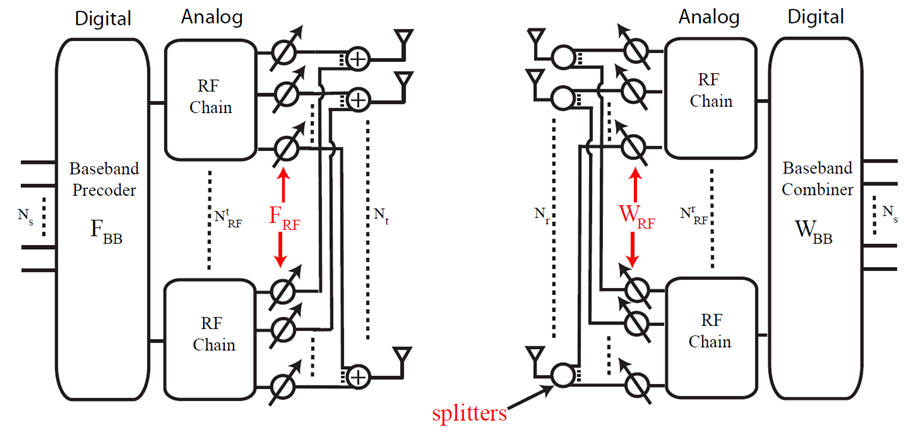
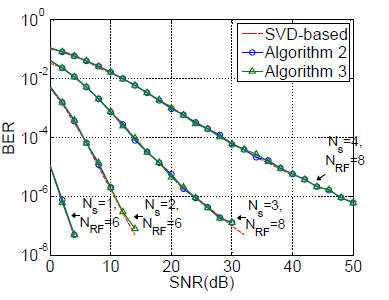
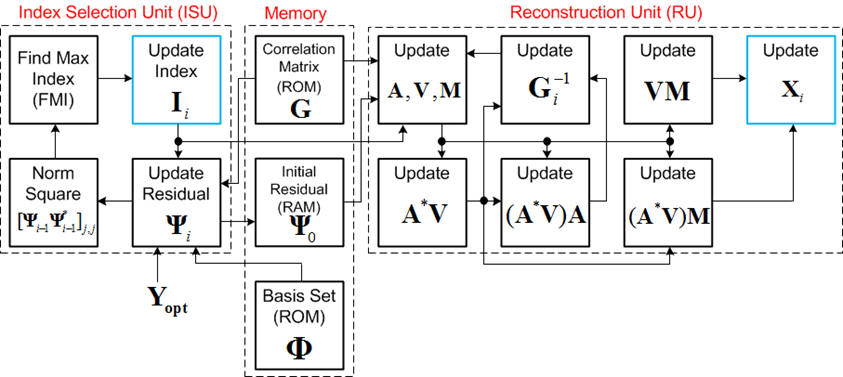
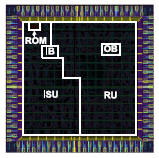
3D Sensing and AI Digital Signal Processing for Array Lidar Systems
3D Sensing for Array Lidar Systems:
3D sensing becomes an important signal processing technique for Lidar systems for autonomous car and VR/AR/MR systems. This research cooperates with Prof. Fan-Yi Lin and Prof. Meng-Chi Wu of NTHU EE to develop an integated array sensing chaotic lidar systems. Our research focuses on the design of hardware-oriented 3D depth image reconstruction DSP algorithms/architecture, implementation of the 3D DSP on FPGA and ASIC chips and the integration to array lidar sysems. The AI-based active noise control will be designed and developed in the 3D depth image reconstruction and improve the detection accuracy of the Lidar system.
Research topics: 3D depth image reconstruction processor for array chaotic lidar system.
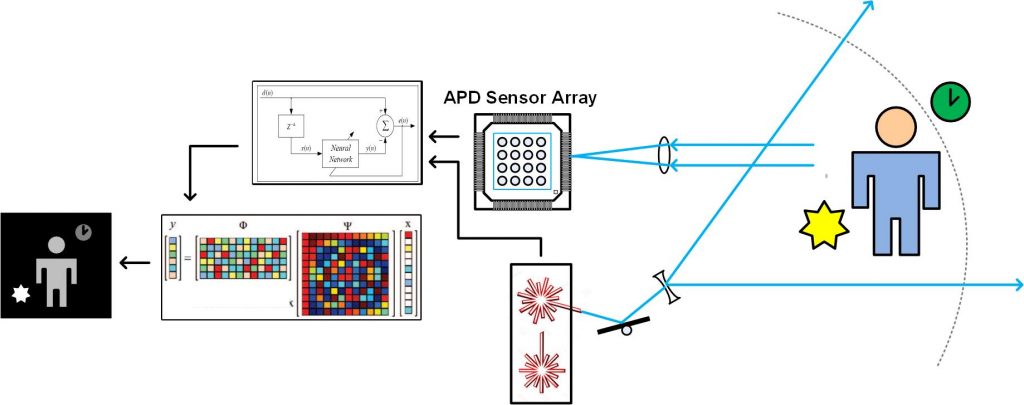
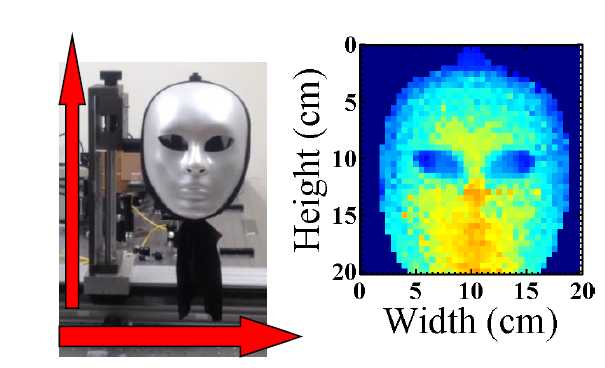
Biomedical AI Signal Processing Systems
Sleep Apnea Syndrome Signal Processing and Artificial Intelligence Homecare System:
Sleep apnea syndrome (SAS, 睡眠呼吸中止症) is a popular but easily-ignored disease for modern people. Traditional polysomnography (PSG) examination is labor-intensive SAS diagnosis method and the wearing devices of the PSG are complicated and uncomfortable. This research project cooperates with Prof. Po-Chiun Huang and Prof. Hsi-Pin Ma of NTHU EE, Doctor Yu-Lun Lo of Linkou Chang Gung Memorial Hospital, and Prof. Hau-Tieng Wu of Duke University, USA. This research develops a wearable 3D accelerometer/SpO2/ECG device as IoT Sensors and designs sleep-apnea event detection/classification/analysis algorithms on the Cloud AI computing Server for Tele-homecare monitoring systems.
Research topics : Fused detection of sleep apnea by 3D acceleromenter and ECG signals, Sensor IoT and Cloud AI analysis for SAS homecar systems.
